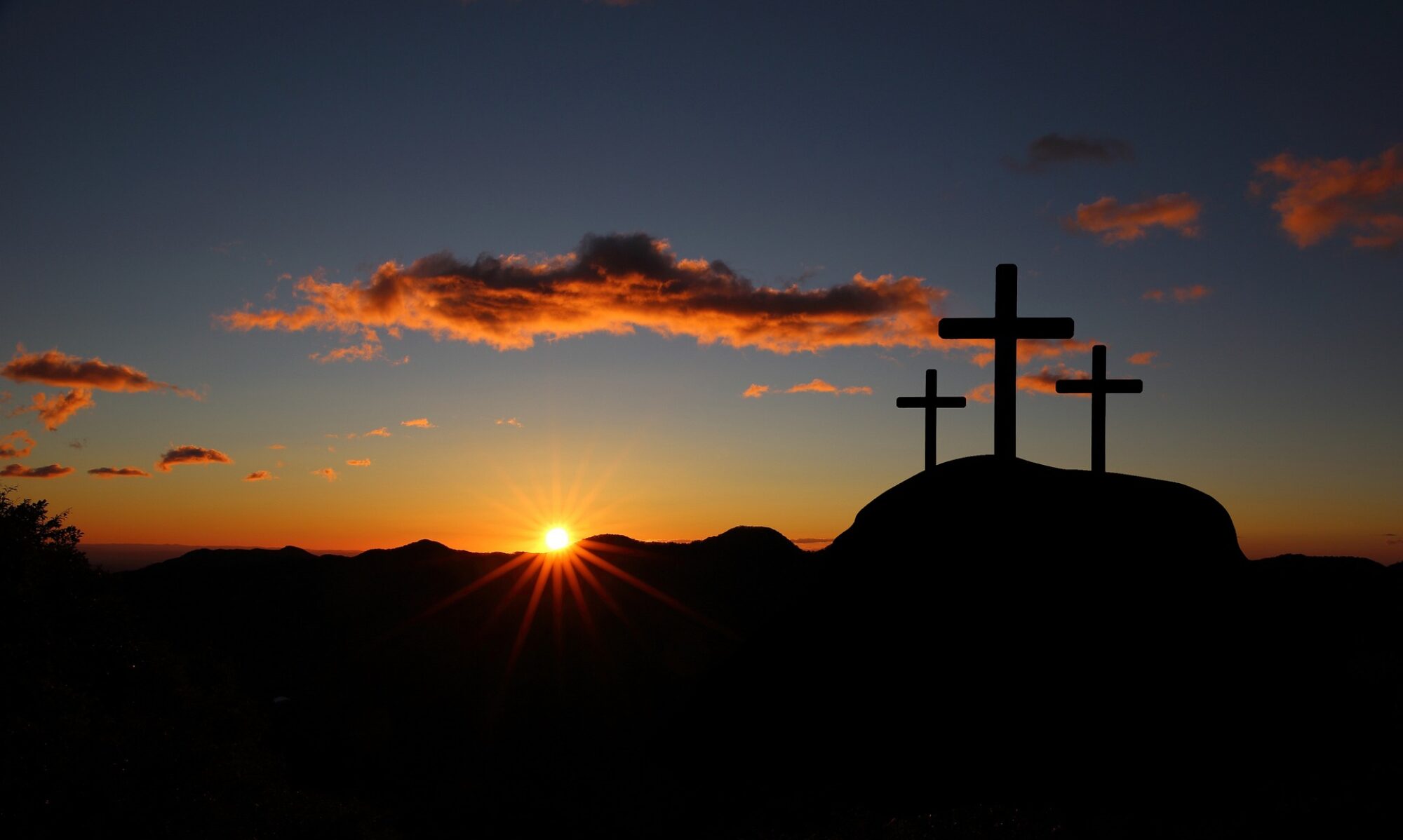The Historic Need for Migration to Western Australia

The history of post-war migration to WA is like that of Australia as a whole, with the main difference being the higher proportion of UK-born people coming to WA, compared with other States and the national average. Also, fewer people from Southern Europe, the Middle East and Asian countries settled in WA compared with NSW and Victoria, primarily because of less development in WA of large manufacturing and secondary industries over this period. Nevertheless, the 1991 Census shows that WA had become the State with the highest proportion of people born overseas (27 per cent), compared with Australia overall (22 per cent). By 1991, WA had increased its non-English speaking migrant proportion to nearly 12 per cent, compared with the Australian average of 13.5 per cent.
The population of WA recorded in the 1947 Census was less than 480,000, of whom around 280,000 lived in Perth. Perth was a small city with a very homogeneous, essentially British, population. Only 10,000 people, or 3.5 per cent of Perth’s population, were born overseas in a country other than the UK, Ireland or New Zealand. These non-English speaking background residents had come for the most part from European countries. The main countries of origin of people born overseas living in Perth in 1947 were the UK (41,345), Italy (2132), Yugoslavia (1405), New Zealand (NZ) (1355), Greece (1146), Germany (391), Poland (202) and the Netherlands (184). Together with 3826 people from ‘other’ countries, they comprised a total overseas-born population for Perth of 52,986.
Between 1947 and 1952 migration increased the WA population by more than 120,000, some 90,000 of whom had settled in Perth. Around 40 per cent of these migrants were from the UK (most coming on assisted packages). Fifty per cent of the others were either assisted refugees from displaced camps across Europe (including many Dutch, Germans, Poles, Latvians and Lithuanians), or unassisted migrants from Europe (including those from Italy, Yugoslavia, Malta and the Netherlands). In the initial years, assisted migrants were provided with ‘Nissan Hut’ hostel-type accommodation at Graylands, and refugees were housed at a hostel (Holden) at Northam. Assisted migrants and refugees were able to stay in these hostels until they obtained employment, when they were expected to find their own accommodation.

As in the rest of Australia in the 1950s and 1960s, migration to WA built upon the success of the initial years of post-war migration. Even though WA did not develop the same large-scale manufacturing and secondary industries as NSW and Victoria, it did need tradesmen and labourers for post-war reconstruction (building houses, schools, hospitals, shopping centres and transport infrastructure) as well as to develop new mining regions.
Migrant workers were also needed to reinvigorate the rural sector, to develop vegetable gardens, fruit orchards and vineyards, and to fill jobs in smaller manufacturing and oil refining and expanding service industries.
In terms of settlement patterns, many migrants from the UK established themselves in outlying suburbs of Perth, including Medina, Kwinana, and Rockingham, and in the town of Mandurah, south of Perth, where many worked in oil refinery and associated industries. They also congregated in suburbs such as Victoria Park, Welshpool, Kewdale, Gosnells, Armadale, and Kalamunda, where many worked in industrial transport industries. Migrants from other European countries tended to be more dispersed.
In the 1950s and 1960s many migrants from the Netherlands, Italy, Germany, Greece and Malta worked as tradesmen and labourers on post-war building and construction jobs, in the mining industries, in the revitalisation of rural industries and in smaller manufacturing and secondary industries.
Dutch and German migrants mainly worked as craftsmen and tradesmen (painters, builders, carpenters, fitters, electricians, bakers, and pastry cooks). Few Dutch migrants were employed in tertiary industries. Italians, Yugoslavs, and Greeks were concentrated as semi-skilled labourers in the rural sector (especially market gardens, wine grape growing and wine making and fruit orchards), or in the manufacturing industry, in food processing of primary produce, as labourers on major infrastructure projects, or in the expanding mining industries in the Goldfields, Murchison and Pilbara regions.
Some of the non-English speaking background migrants filled less desirable, low paid jobs. They were concentrated in smaller manufacturing and worked as cleaners and orderlies in hospitals or other service industries. Non-English-speaking migrants also became the mainstay of milk bars and small shops and cafes.
Settler arrivals by birthplace 2010–2011 (top 10 source countries to Australia)
| Birthplace | Australia | % | Intended settlement WA | % |
| New Zealand | 25,772 | 20.2 | 4,010 | 21.7 |
| China | 14,611 | 11.5 | 844 | 4.6 |
| united kingdom | 10,944 | 8.6 | 2,925 | 15.9 |
| India | 10,566 | 8.3 | 1,418 | 7.7 |
| philippines | 5,048 | 4.0 | 650 | 3.5 |
| South Africa | 4,752 | 3.7 | 1,467 | 8.0 |
| Vietnam | 3,339 | 2.6 | 244 | 1.3 |
| Sri lanka | 3,225 | 2.5 | 283 | 1.5 |
| Iraq | 2,998 | 2.4 | 251 | 1.4 |
| Malaysia | 2,737 | 2.1 | 820 | 4.4 |
| Subtotal | 83,992 | 65.9 | 12,912 | 70.0 |
| other | 43,466 | 34.1 | 5,529 | 30.0 |
| Total | 127,458 | 100% | 18,441 | 100% |
Source: DIAC, 2012, Immigration Update 2010–11 (Page 15).
By 1976, WA had grown to 1.2 million people and Perth had more than doubled in size to 806,000 (67 per cent of the WA population). The overseas-born population of Perth had doubled to 32 per cent and the proportion of overseas-born from non-English speaking countries had trebled, from 3.5 per cent to 10.5 per cent. The main countries of origin of the overseas born in Perth in 1976 were the UK (144,553), Italy (24,968), the Netherlands (8534), Yugoslavia (8313), NZ (5631), Germany (5345), Greece (3958) and Poland (3159). Together with 50,824 people from ‘other’ countries, they comprised a total overseas-born population for Perth of 254,246.
As in the rest of Australia, migration to WA slowed in the late 1970s to mid-1980s because of economic circumstances. Between 1976 and 1986, the population of WA increased by only 120,000 (from 1.2 million in 1976 to 1.32 million in 1986). Almost 70,000 of this increase came from overseas migrants. The overseas- born in 1986 comprised 29 per cent (387,000) of the WA population. The UK-born still made up more than 40 per cent, while the Asia-born comprised only 3.2 per cent of the overseas-born. Of this Asia-born population, 22 per cent came from South-East Asian countries.
WA continues to attract proportionally more UK and South African settlers than the Australian average. It has significantly fewer China-born settlers than the Australian average. However, over the past five years the proportion of Chinese intending to settle in WA has. Although people born in China were not in the top 10 source countries of those intending to settle in WA in 2006, they had risen to fifth position by 2010–11. Settlers from India, Malaysia, Vietnam and Singapore have remained in the top 10 source countries (Page 15).
Reference: The Economic and Social Contribution of Migrants to Western Australia, 2012. Office of Multicultural Interests, Department of Local Government. Gordon Stephenson House, 140 William Street PERTH WA 6000. Pages 10 – 15.

